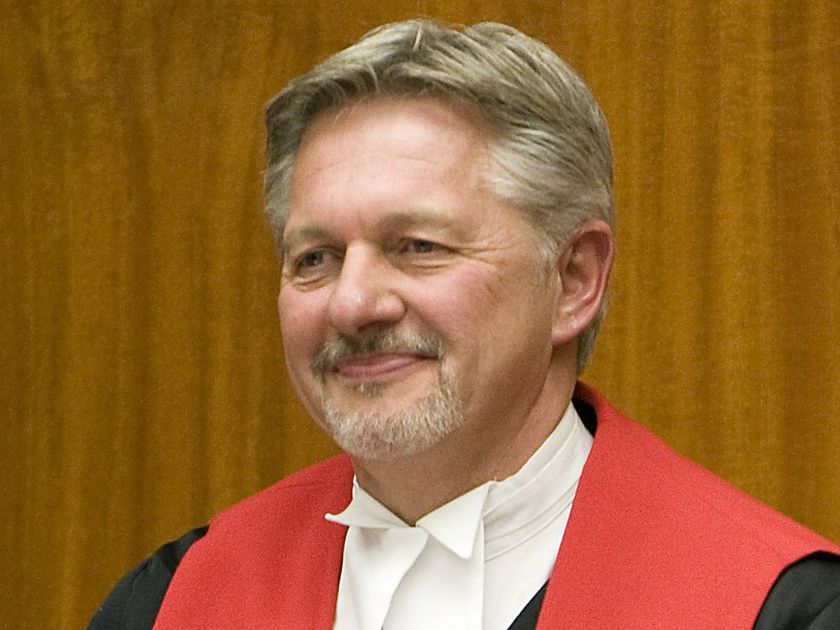Posts Tagged ‘Det. Sgt. McNeill’
R. vs. Stanley: Saskatchewan Court of Queens Bench
Martel D. Popsecul, Chief Justice
Presiding over the R. vs. Stanley Trial
The following Charge to the Jury by Chief Justice of the Court of Queen’s Bench for Saskatchewan, the Honourable Martel D. Popescul, is likely the most reliable document yet published providing insight into the R. vs Stanley trial.
(This post outlines my analysis of why I think the Chief Justice led the Jury directly to a finding of not guilty. It was not a directed verdict in the usual sense, but his words had the same effect.)
And, in those words, all 11,000 of them, the Chief Justice attempts to summarize every aspect of the trial as well as the law governing the charges. It took the Chief Justice just over one and one-half hours to read his document in court with copies then supplied to the Crown and defence as well as to each juror.
In the copy below, those parts which, in my mind, inexorably led the jury to conclude that Gerald Stanley was not guilty on all counts, are highlighted. There is little doubt the majority of jurors would have found some parts of the summary so complicated as to render them nearly useless in their deliberations.
Having spent thirty years in law enforcement and a further twenty-five reading and writing about various law enforcement issues, I have some degree of understanding of these complex issues, but even at that, I found some sections of the summary tough slogging.
The jury, on the other hand, deliberated a mere fifteen hours before reaching a ‘not guilty’ verdict on all counts. Fifteen hours is scant time to consider the various pieces of physical and verbal evidence presented over the two-week trial let alone give full consideration to the details provided in the Judge’s Charge to the Jury.
The jury was made up of random citizens selected from the community and while the process was random, many who have experience with law enforcement (police members active and retired, lawyers and judges, as well as a myriad of others involved with the criminal justice system) would have been removed from the jury pool. This is routinely done to remove any suggestion of bias. Additionally, “pre-emptive” removals can be used to remove others that either the Crown or Defence think may not be impartial. It was by that process Defence Counsel removed all aboriginals from the jury.
As for the those selected, most are unlikely to have had any experience with jury duty and, before selection, will have been exposed to considerable information about the killing which led to the charge. Given the role played by ‘confirmational bias’ in the lead-up to and during the trial, the Judge’s charge seems the best source for an unbiased view of the case. Or was it?
While the Judge read his comments to the jury before handing them a copy, it is hard to rationalize how, in 15 hours of deliberation, the jury could absorb the complicated issues to a degree that would allow them to render an informed decision. Because jury deliberations are secret, we shall never know exactly how they reached that verdict in such short order.
If you have the time and inclination to read the Judge’s words to the jury, you may or may not come to the same conclusion I have about a clear path being set out for them to render a ‘not-guilty’ verdict on all counts.
In the following copy, I have separated the ‘Charge to the Jury’ into several parts for easy reference and have highlighted some comments in bold (those I consider important) and in yellow, as ‘very important’. In addition, I have made a few short comments on some numbered sections.
Before presenting the complete text of his remarks, I will submit the thread comments the Honourable Justice, made that I think pushed the jury towards a finding of ‘not guilty’ on all counts. The fact the jury deliberations took less than two days suggests the Jury had likely made up their minds very early in the process.
Harold McNeill (Det. Sgt. Retired)
Note: Here is a short discussion along with related links regarding the rights and responsibilities of private citizens to use firearms as a means of Protecting Life and Property.
(1521)

